62+ Sample Waiver Forms
-
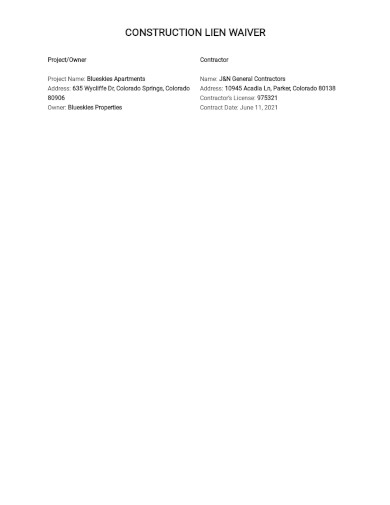
Lien Waiver Form Template
download now -
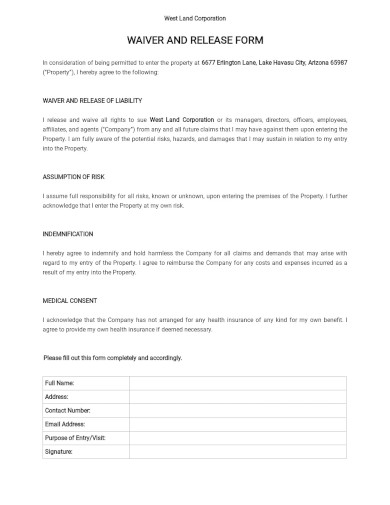
Waiver and Release Form Template
download now -
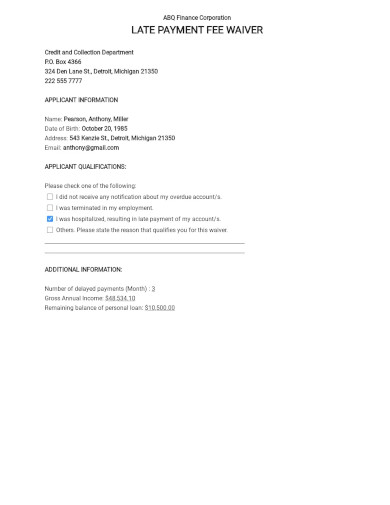
Payment Waiver Form Template
download now -
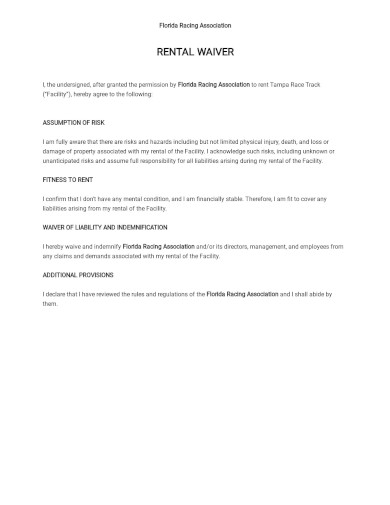
Rental Waiver Form Template
download now -
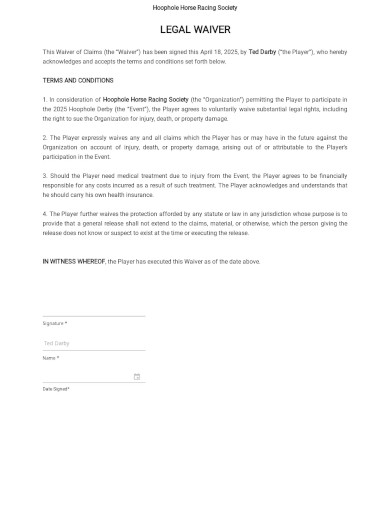
Legal Waiver Form Template
download now -

Sports Waiver Form Template
download now -
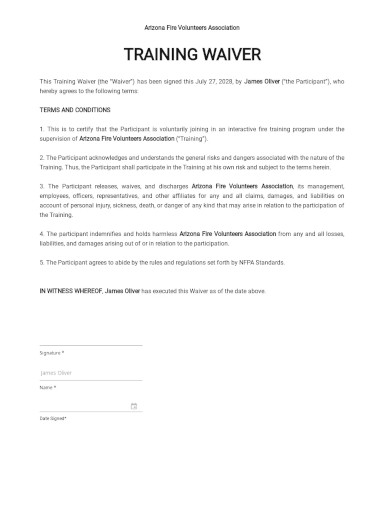
Training Waiver Form Template
download now -
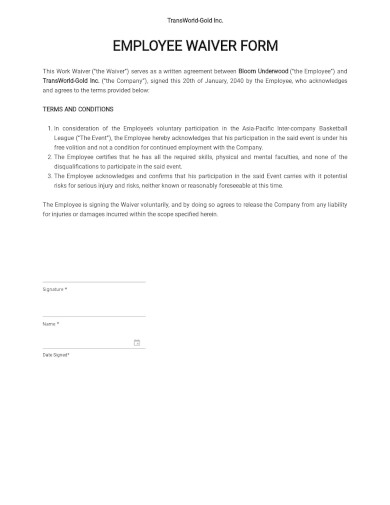
Employee Waiver Form Template
download now -
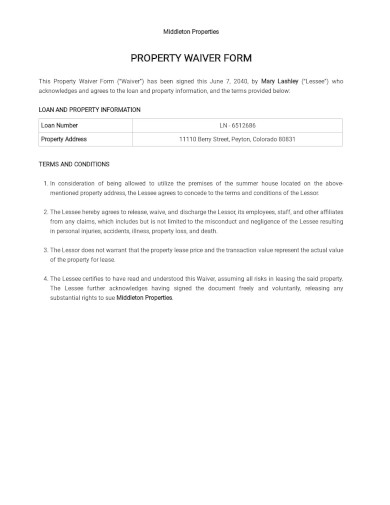
Property Waiver Form Template
download now -
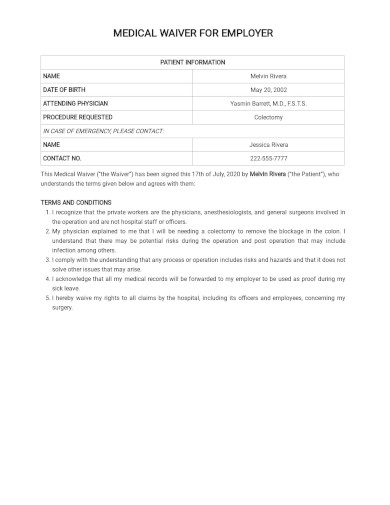
Medical Waiver Form For Employer Template
download now -
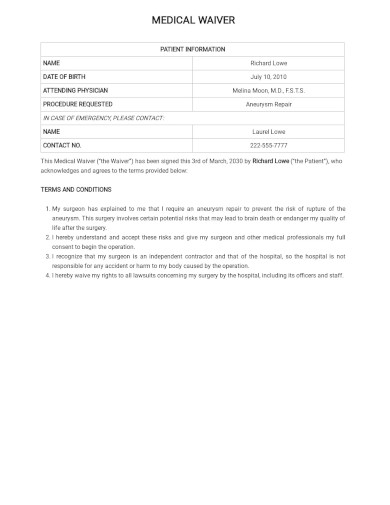
Medical Waiver Form Template
download now -
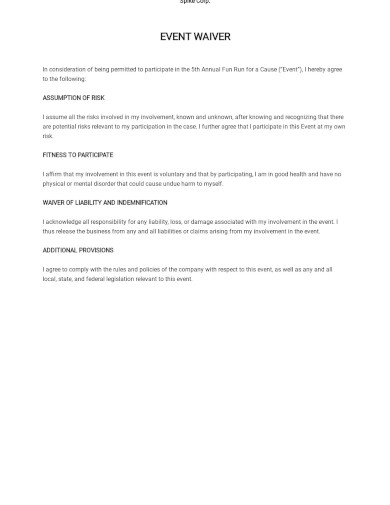
Event Waiver Form Template
download now -
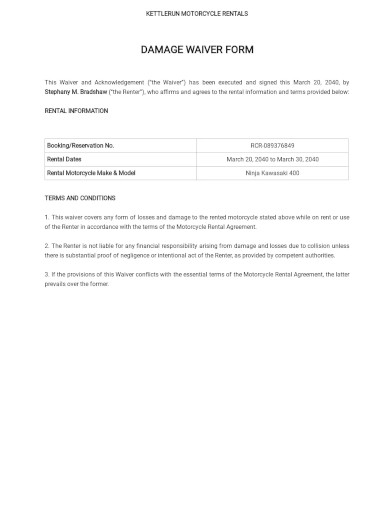
Damage Waiver Form Template
download now -
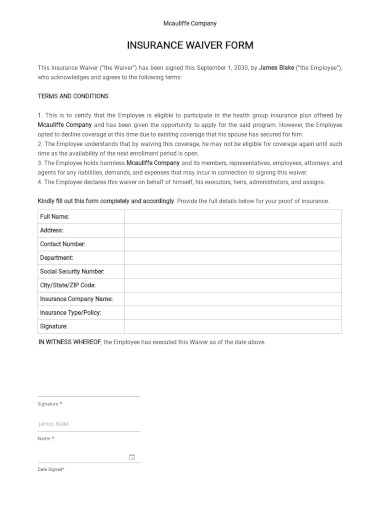
Insurance Waiver Form Template
download now -
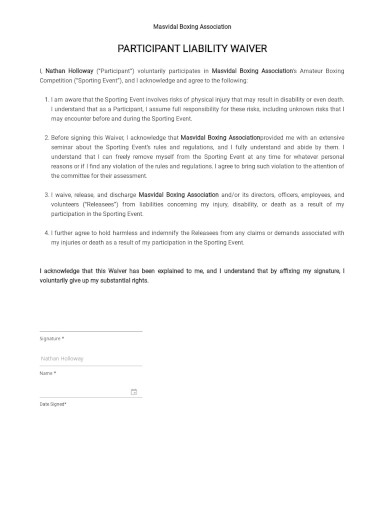
Participant Liability Waiver Form Template
download now -
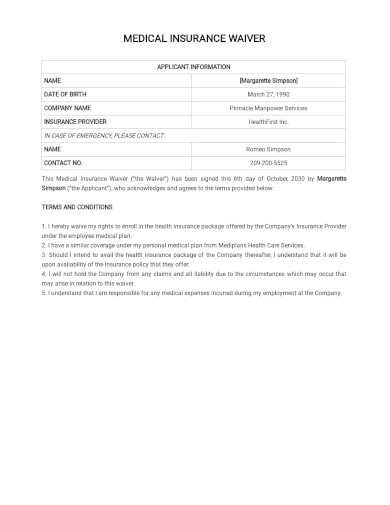
Medical Insurance Waiver Form Template
download now -
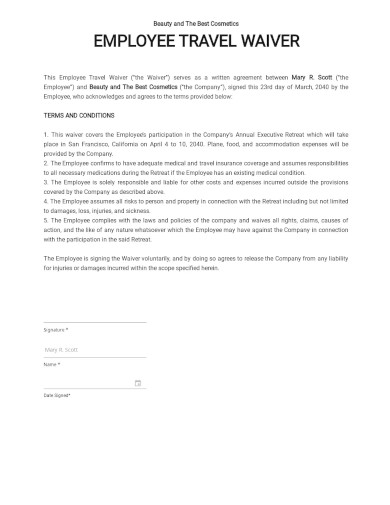
Employee Travel Waiver Form Template
download now -
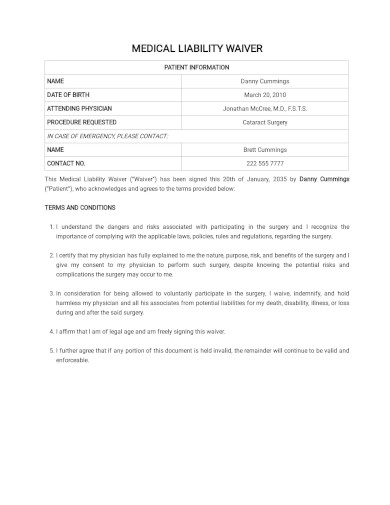
Medical Liability Waiver Form Template
download now -
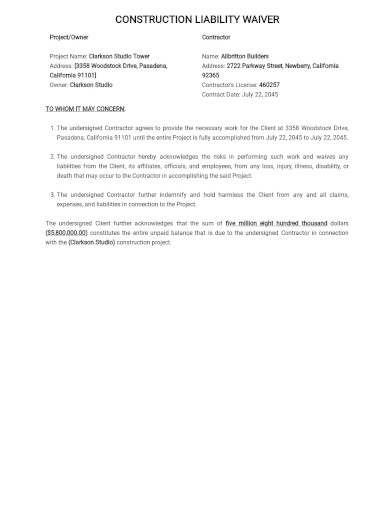
Construction Liability Waiver Form Template
download now -
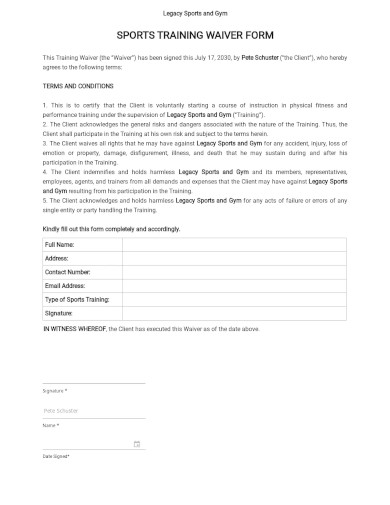
Sports Training Waiver Form Template
download now -
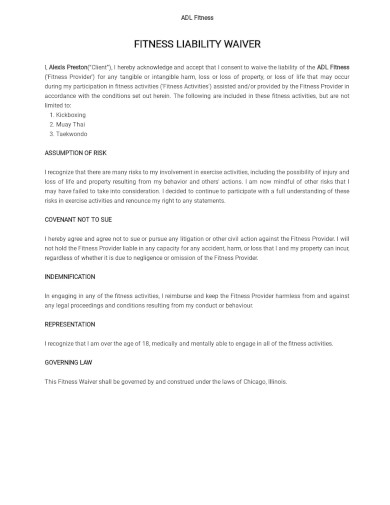
Fitness Liability Waiver Form Template
download now -
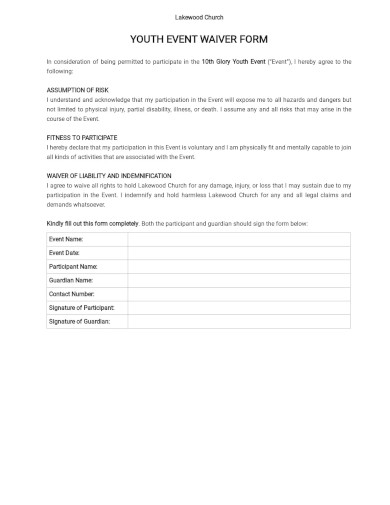
Youth Event Waiver Form Template
download now -
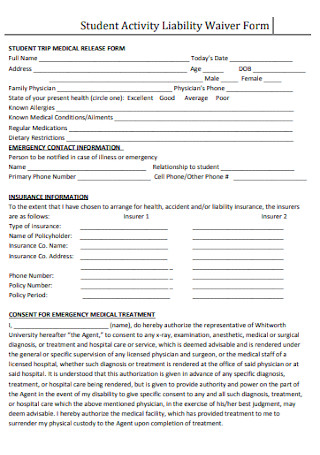
Student Activity Liability Waiver Form
download now -
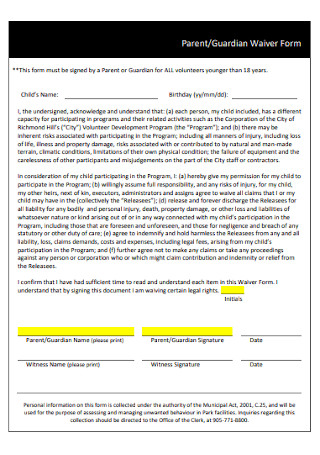
Printable Guardian Waiver Form
download now -
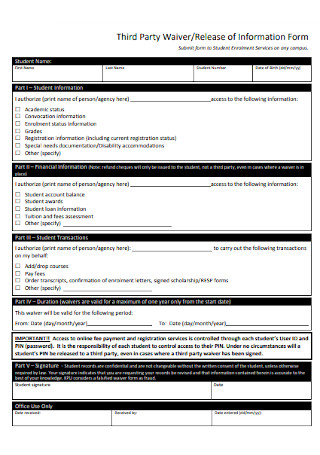
Generic Third-Party Waiver Form
download now -
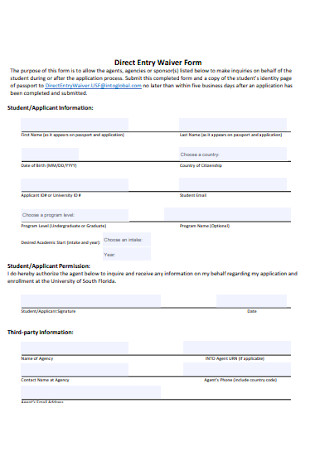
Waiver Form Agreement
download now -
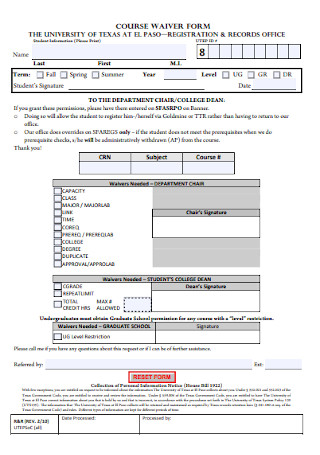
Construction Waiver Form
download now -
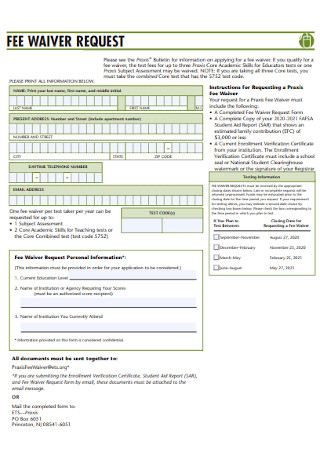
Payment Fee Waiver Form
download now -
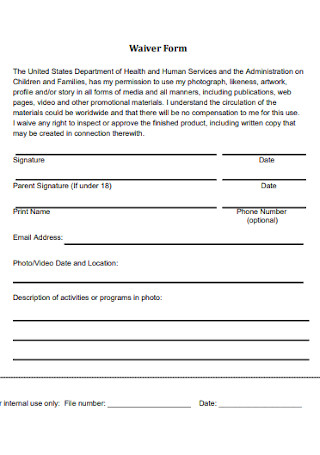
Children’s Yoga Waiver Form
download now -
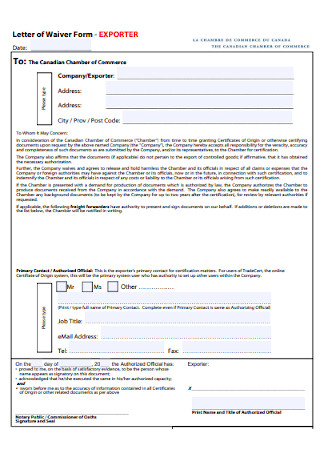
Letter of Waiver Sport Form
download now -
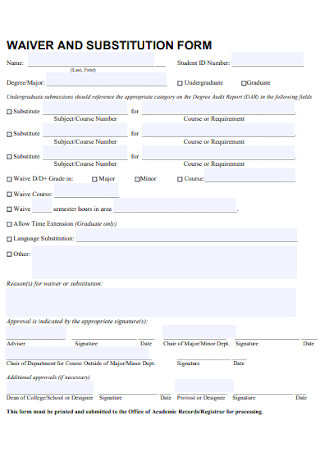
Waiver and Permission Form
download now -
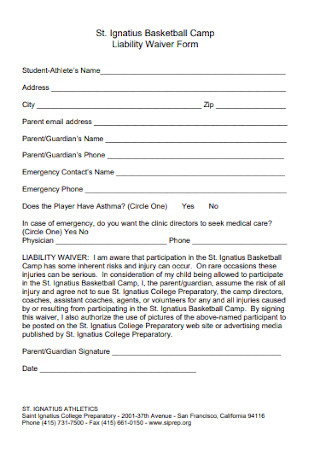
Liability Waiver Document Form
download now -

Health Care Coverage Waiver Form
download now -
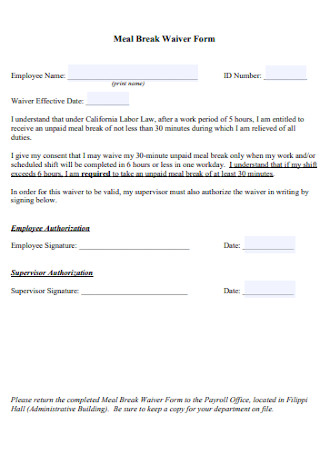
Property Damage Waiver Form
download now -
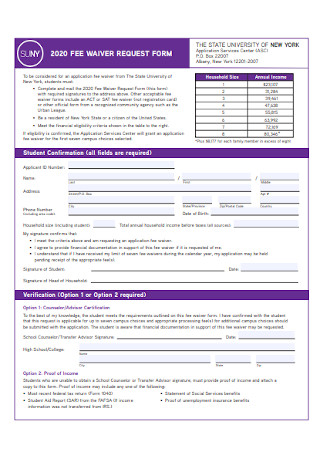
Business Waiver Request Form
download now -
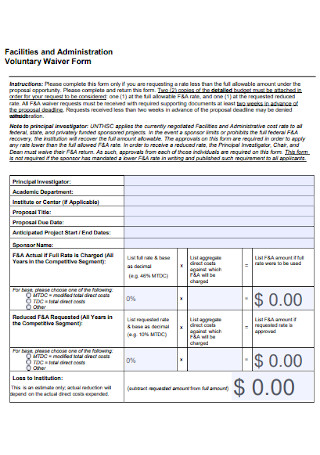
Company Outing Waiver Form
download now -
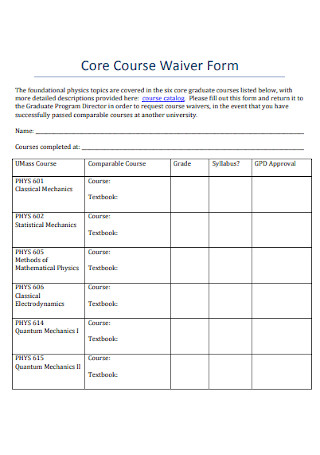
Consent Waiver Form
download now -

Contractor Waiver Form
download now -
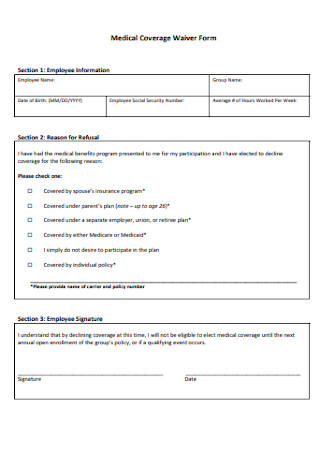
Personal Training Waiver Form
download now -
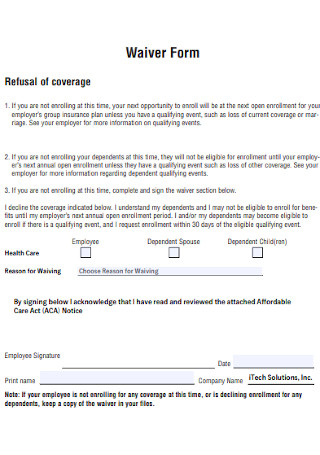
Basketball Waiver Form
download now -

Gym Waiver Form
download now -
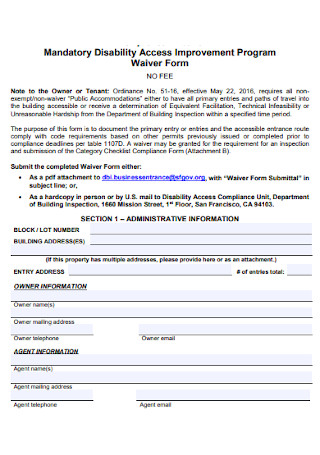
Waiver Program Form
download now -

Academic Field Trip Waiver Form
download now -
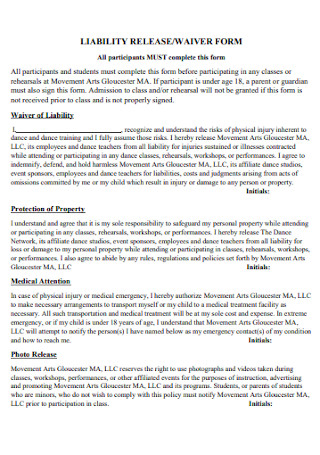
Liability Release and Waiver Form
download now -
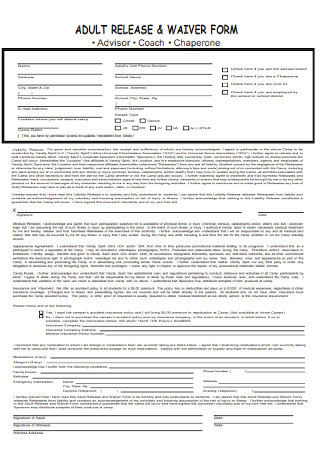
Adult Release and Waiver Form
download now -
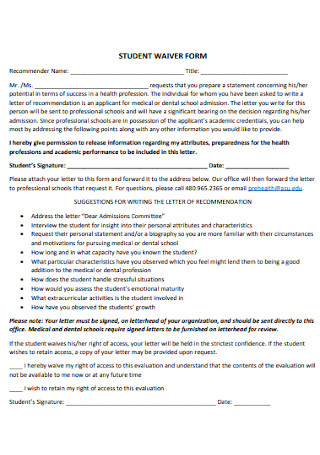
Student Waiver Form
download now -
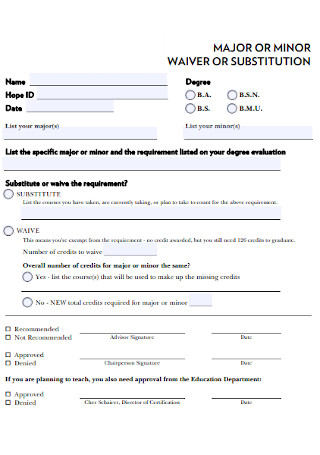
Minor Waiver Form
download now -
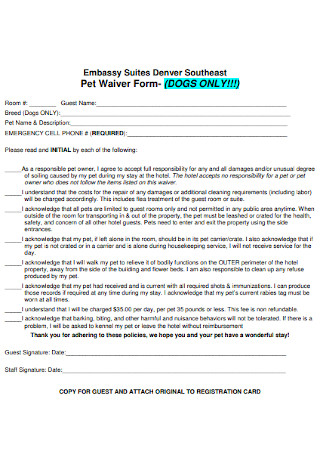
Pet Waiver Form
download now -
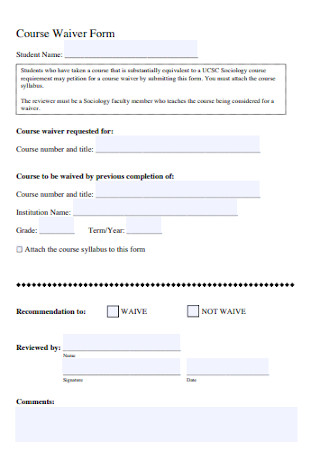
Course Waiver Form
download now -
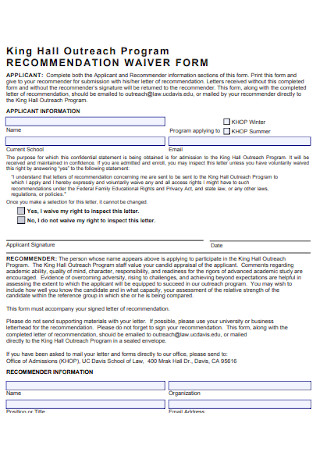
Recommendation Waiver Form
download now -
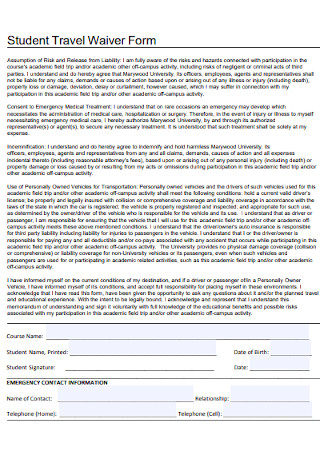
Student Travel Waiver Form
download now -
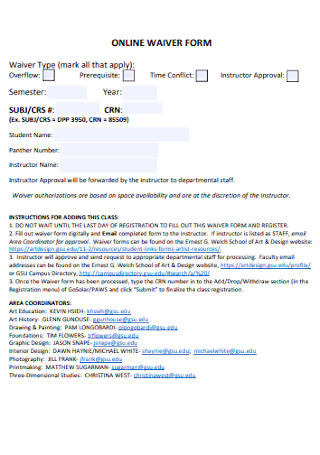
Online Waiver Form
download now -
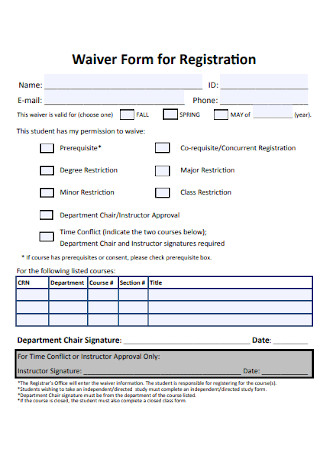
Waiver Form for Registration
download now -
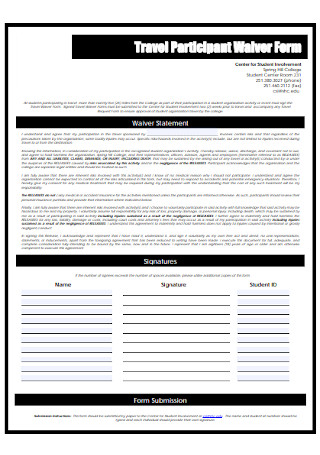
Travel Participant Waiver Form
download now -
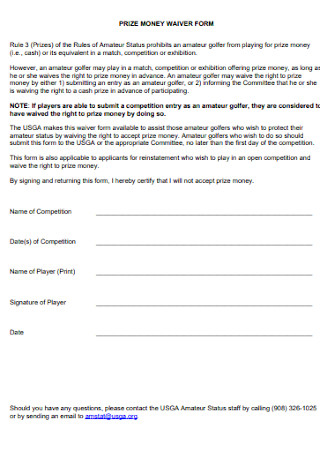
Prize Money Waiver Form
download now -
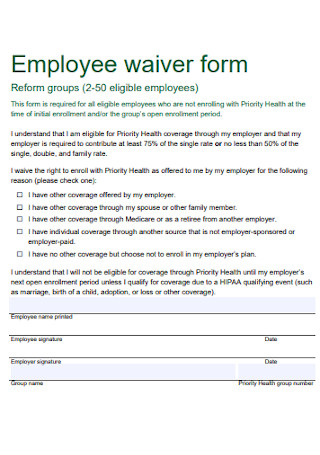
Employee Waiver Form
download now -
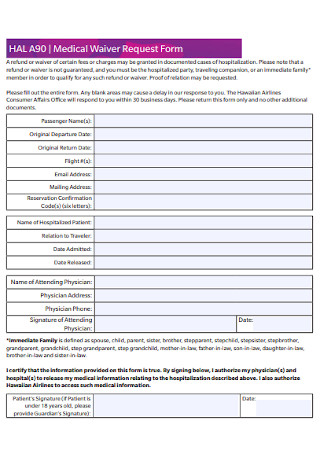
Medical Waiver Request Form
download now -
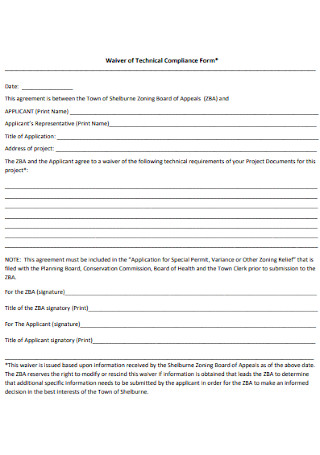
Waiver of Technical Compliance Form
download now -
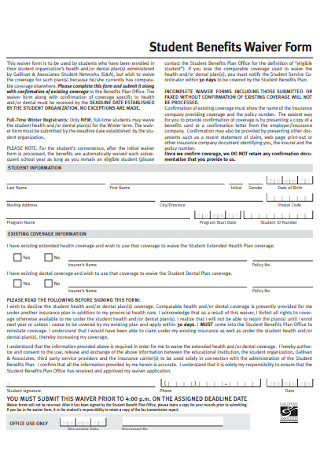
Student Benefits Waiver Form
download now -
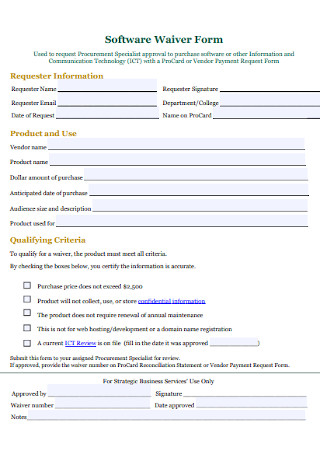
Software Waiver Form
download now -
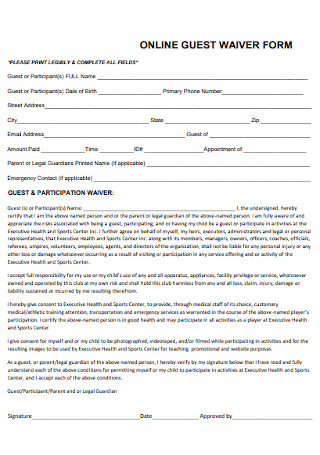
Online Guest Waiver Form
download now -
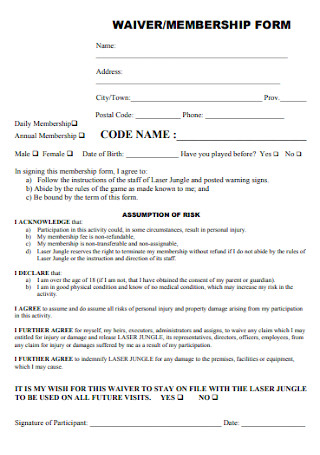
Waiver and Membership Form
download now -
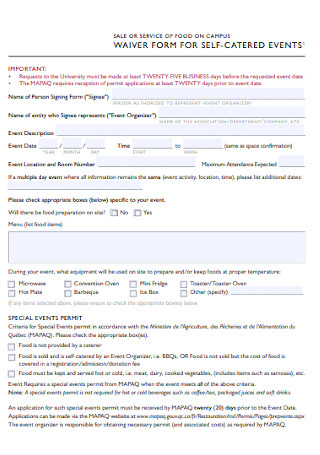
Waiver Form for Events
download now -
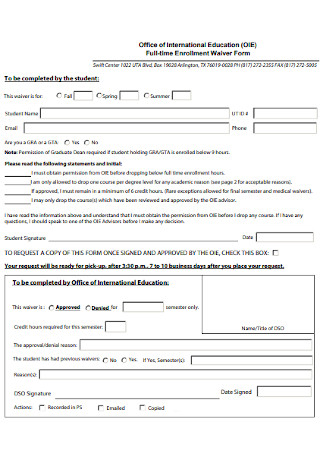
Full-time Enrollment Waiver Form
download now -
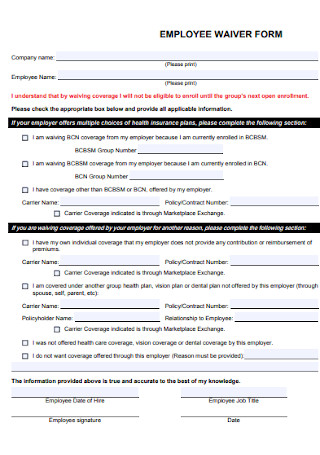
Employee Waiver Form Example
download now -
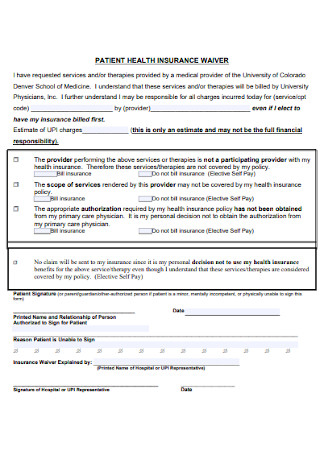
Patient Health Insurance Waiver Form
download now -
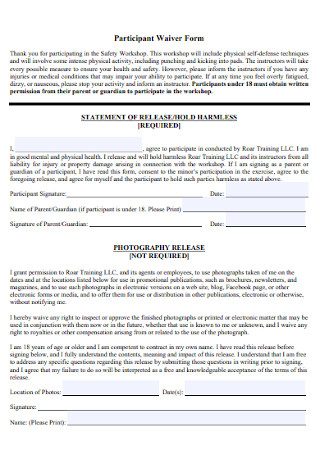
Participant Waiver Form
download now -

Immunization Waiver Form
download now -
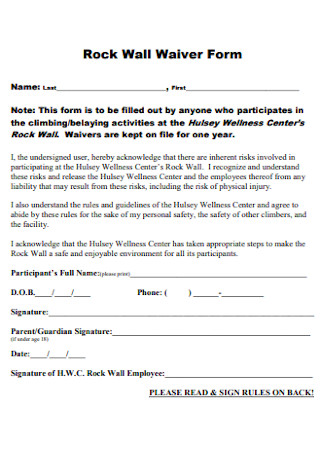
Rock Wall Waiver Form
download now -
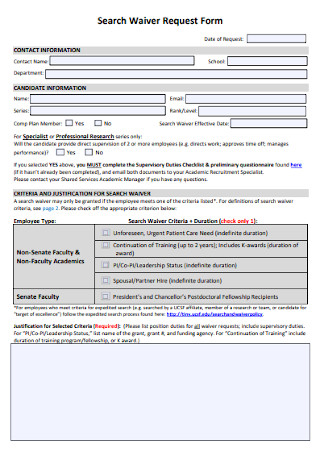
Search Waiver Request Form
download now -
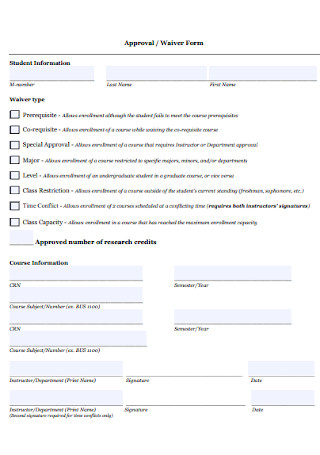
Approval and Waiver Form
download now -

Deviation and Waiver Form
download now -
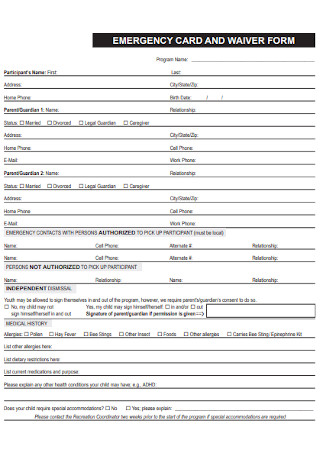
Emergency Card and Waiver Form
download now
Waiver Forms: What Are They?
A waiver form is also called a release form. It is a legally binding document that contains a binding agreement between two parties. Moreover, a waiver form essentially contains information about the risks involved in certain activities. Thus, it protects the organizers from being liable for any accidents that occurred during the activity.
Meanwhile, there were 1,214 people have reportedly killed in school transportation-related accidents between 2004 and 2013 according to NHTSA.
Different Elements of a Waiver Form
Now that you know what a waiver form is, the next thing you should learn is its major elements. Knowing these elements is helpful in creating one because when you are familiar with them, you also know what to include in your waiver form. Make sure you know what the waiver is for or what it intends to do before making one. This is a very crucial step in aligning the form with your needs and expectations and achieving the desired results. In other words, the right set of elements will make the form as effective as it could be. We made a priority list below to describe various components of a waiver form. Let us take a look. Shall we?
How Do You Make a Waiver Form?
As one of the important business documents, making a waiver seems a lot more challenging. But it is not as difficult as you think. One of the best ways in terms of creating a formal document is by using an editable template. That sounds like cheating, but not really. Using a template only helps you with the format. As it comes in with suggested content, means you can modify what it contains based on your needs. Moreover, you can leave the content as it is if it satisfies your intentions. Templates come in many forms. That is why we recommend taking time to get familiar with the document you are to create. This way, you can pay attention to the details and think about what are the things that you need when selecting the right template for your waiver. Are you looking for a template? You can get one by browsing through our website and discover a collection of ready-made stencils suitable for different business needs. Download a copy now and get started with the waiver form-making task.
Step 1: Ask Around
When writing a waiver, you should consult a lawyer to make it easier. Talking with a lawyer will answer all your questions at the end of the day. You can call your state legal person if you are not about to reach an attorney. Also, you can seek advice from a legal agent after drafting the waiver. As you go along writing the release form, make sure to follow the correct structure. We highly suggest using a sample waiver in your industry to act as a reference. A waiver’s structure may differ based on what purpose it serves in different scenarios. Hence, use the correct format in writing your waiver.
Step 2: Do Not Forget the Assumption of Risk
It cannot be avoided that some of the participants will assume the risks mentioned in a waiver. To make sure that they do not blame anyone, especially you, for their assumption, include a statement that reminds them of their risk assumption. Before they sign the document, they will have time to think of what they are going into. After that, state the words “hold harmless.” This means the participants agree not to sue you in case of damages. Additionally, include a choice of law to the waiver. The judge decides whether the waiver prevents you from being sued in case a participant takes the matter to court. Thus, you need to be specific on the state the waiver laws apply to for easier interpretation of the waiver agreement.
Step 3: Confirm the Interpretation of Your Waiver
When everything is covered, you need to confirm that the participant has read and understood the agreement. Do this by writing a few lines just next to the participant’s signature. This is the best simple way to prevent the participant from claiming not to have understood the form’s content. For a participant to be able to sign, you must add a signature block below your ending remarks. This may include a witness signature if applicable and necessary. A witness attests that the participants were not forced to enter into any activity they did so willingly.
Step 4: Access Editing Tool to Modify Your Template
One of the best things about using a template is that you can modify the suggested content with an editing tool. After selecting your template open an editing tool that is compatible with the file format. You will know when you can work with an editing tool if it is featured on the template source’s website.
Every template comes with a suggested content that you can edit using an editing tool. You can leave the content as is or reformat it if you want to make some necessary changes. You can even add designs to make the form visually appealing. But do not go overboard so that your form’s purpose is not compromised.
Step 5: Go Digital and Finalize Your Waiver
Some organizations opt to send out digitally-made waiver forms. You can also do this as it is more convenient than printing the forms. Electronic forms are more sustainable because it does not leave any trace. This is the best opportunity to introduce eco-friendly transactions in your organization. Additionally, before using the form, do not forget to edit it first. You might not know it, but the form could have some errors. Reviewing it helps avoid incorrect information, misspelled words, and so much more. Thus, do not skip this part. Finally, your waiver form is ready to do the work for you.
FAQs
Why is a waiver form essential?
A waiver form is essential primarily as it removes a real or potential liability for the other party in the agreement. For example, in a settlement between two parties, one party might relinquish its right to pursue any legal action once the settlement is finalized by means of a waiver.
What are the different types of forms?
- Agreement Form
- Authorization Form
- Consent Form
- Estimate Form
- Registration Form
When to use a waiver form?
You can use a waiver form if you are to organize activities with potential risk. Also, waivers are used in agreements to remove potential liability or protect a party from legal disputes in the future.
Some people think that a waiver is just a form of consent when parents agree to let their kids join a field trip. However, it is more than that because this form can be used to protect parties’ rights against liability brought by unforeseen circumstances. The next time you let your kids join a school activity or other events outside of your home, without your supervision, secure a waiver form from the organizers. For more templates like this, visit our website today and get the chance to sign up for any of our subscription plans.
